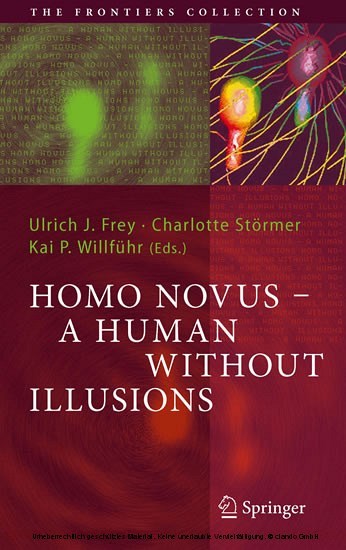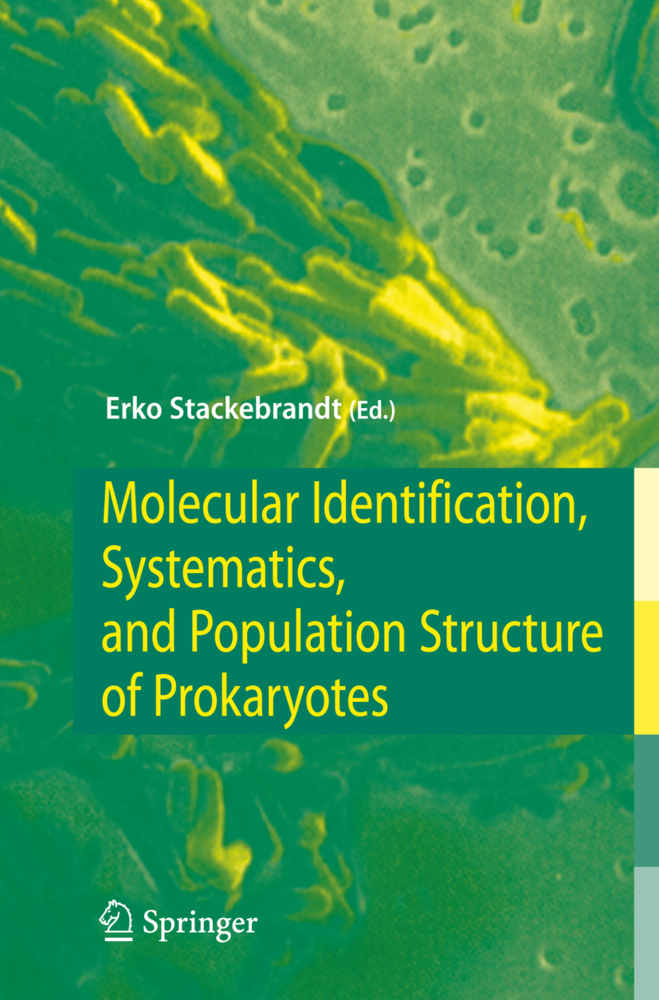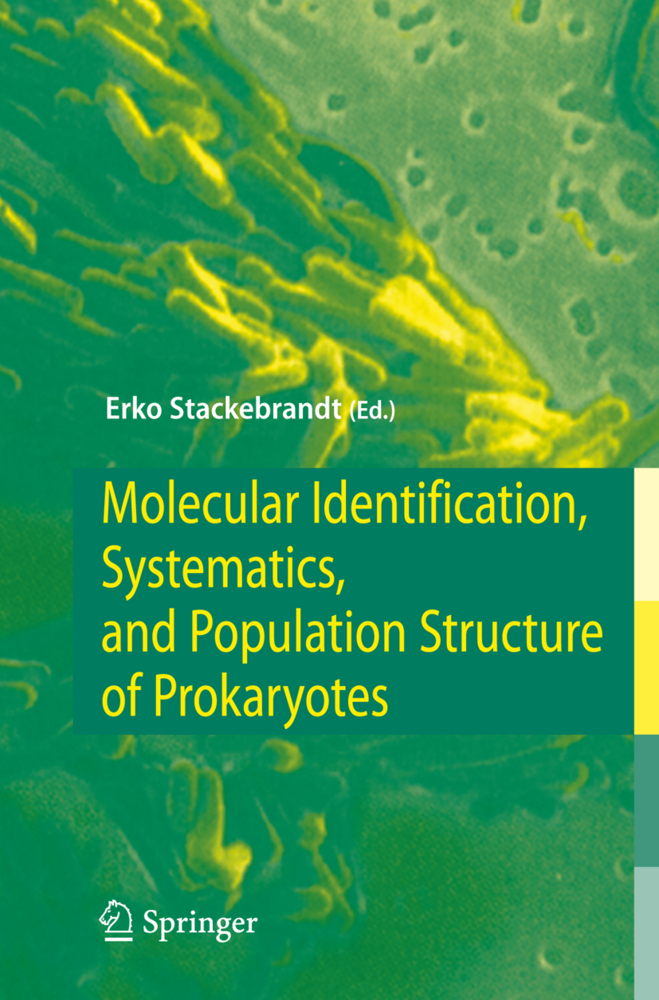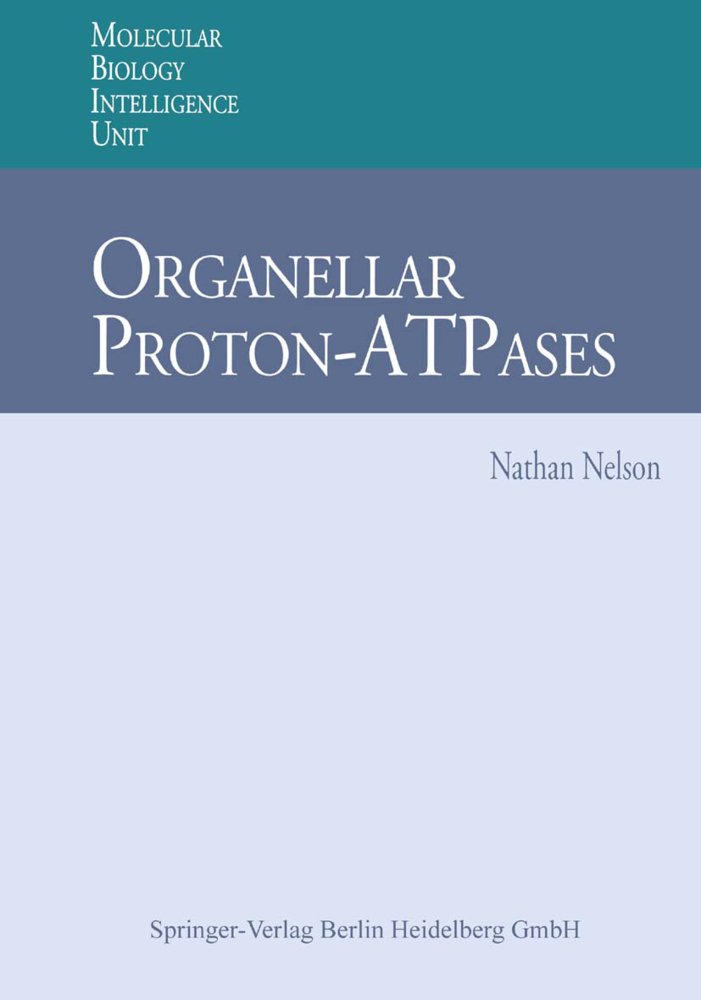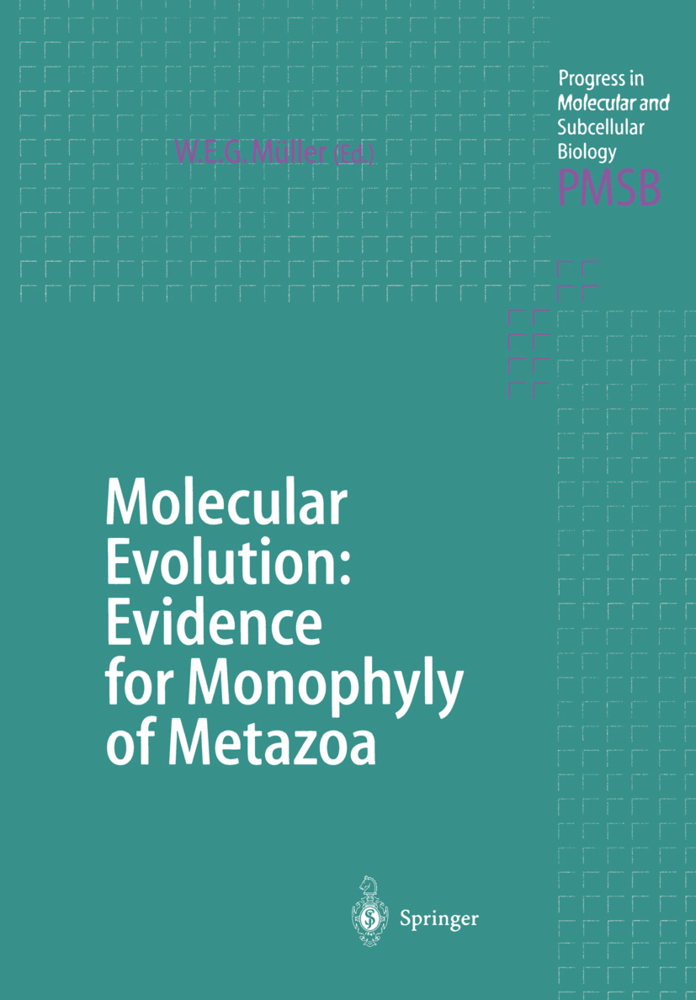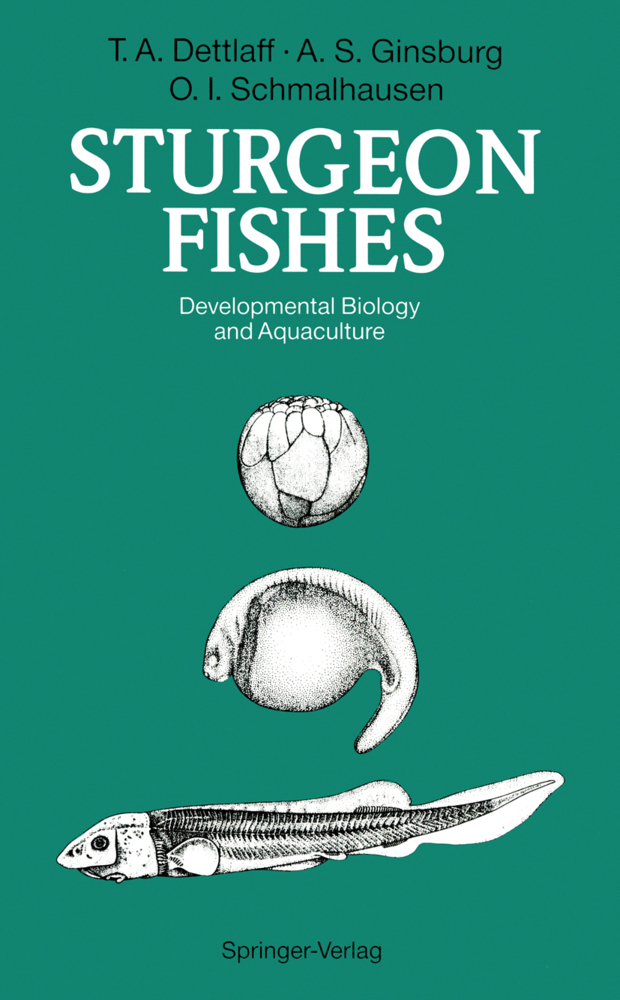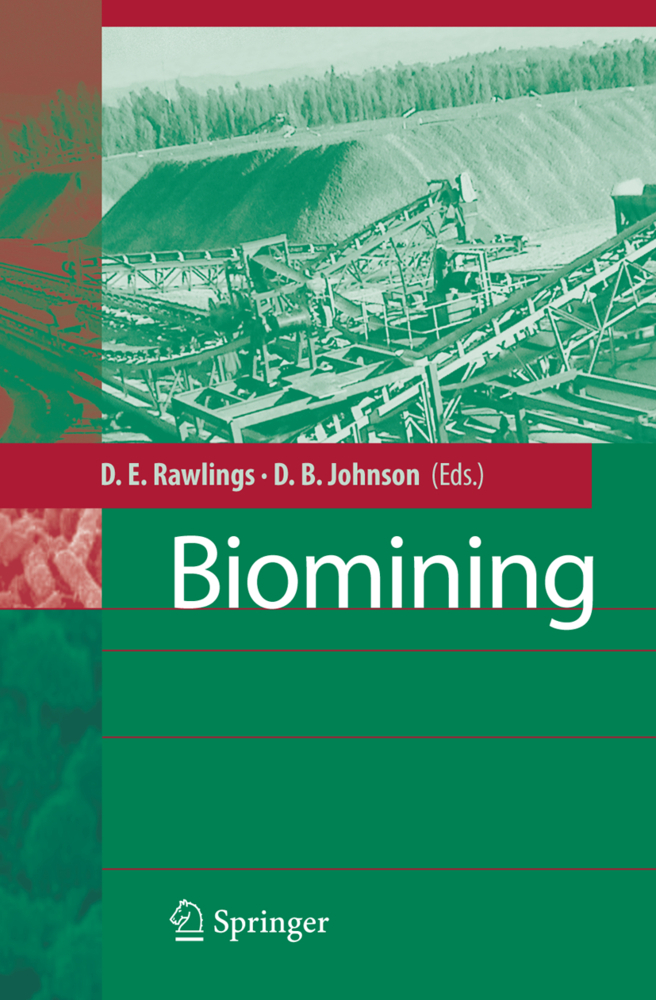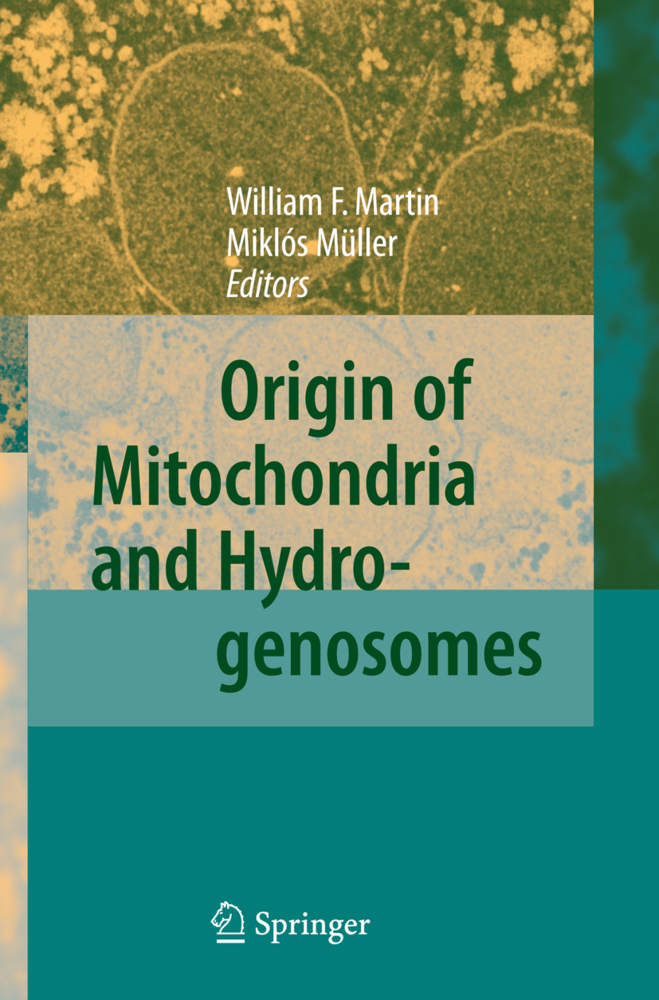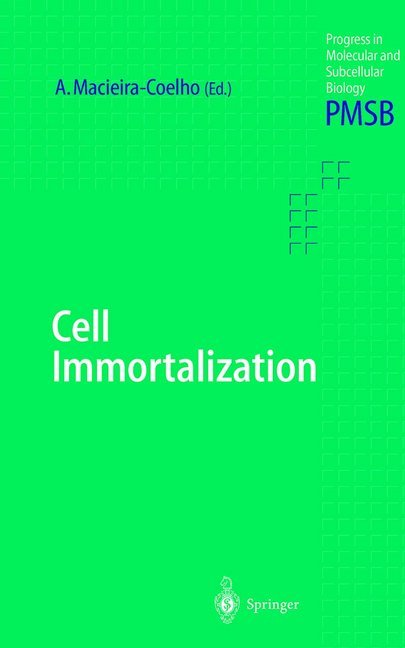Homo Novus - A Human Without Illusions
A Human Without Illusions
Converging evidence from disciplines including sociobiology, evolutionary psychology and human biology forces us to adopt a new idea of what it means to be a human. As cherished concepts such as free will, naïve realism, humans as creation's crowning glory fall and our moral roots in ape group dynamics become clearer, we have to take leave of many concepts that have been central to defining our humanness. What emerges is a new human, the homo novus, a human being without illusions. Leading authors from many different fields explore these issues by addressing a range of illusions and providing evidence for the need, despite considerable reluctance, to relinquish some of our most cherished ideas about ourselves.
Ulrich Frey (philosophy), Charlotte Störmer and Kai Willführ (biology) work in an interdisciplinary research group at the University of Giessen, applying evolutionary theory to a broad range of fields. The following authors contributed to the chapters of this book: Kurt Bayertz, Athanasios Chasiotis, Robin Dunbar, Harald A. Euler, Detlef Fetchenhauer, Julia Fischer, Bernulf Kanitscheider, Chris Knight, Virpi Lummaa, Amy R. Parish, Julia Pradel, Gerhard Roth, Wulf Schiefenhövel, Rebecca Sear, Volker Sommer and Gerhard Vollmer.
1;Preface;7 2;Contents;9 3;Contributors;14 4;1 Introduction;16 4.1;Ulrich J. Frey, Charlotte Störmer, and Kai P. Willführ;16 5;Illusion Number 1 Humans Are Exceptional;20 5.1;2 The Position of Man in the Cosmos;21 5.1.1;Bernulf Kanitscheider;21 5.1.2;2.1 Historical Precursors;21 5.1.3;2.2 The Standard Concordance Model;22 5.1.4;2.3 Speculative Hypotheses on the High Energy Realm;25 5.1.5;2.4 The Challenge of Quantum Cosmology;26 5.1.6;2.5 The Intricacies of Infinity;27 5.1.7;2.6 Taming the Unfathomable;29 5.1.8;2.7 Conclusion;30 5.1.9;References;31 5.2;3 Living Differences;33 5.2.1;The Paradigm of Animal Cultures;33 5.2.1.1;Volker Sommer and Amy R. Parish;33 5.2.2;3.1 What We Do and Monkeys Don't;34 5.2.3;3.2 How to Join the Culture Club;35 5.2.4;3.3 Culture as the Way We Do Things;38 5.2.5;3.4 Multiculturalism Amongst Animals;40 5.2.6;3.5 Panthropology;42 5.2.7;3.6 Cultural Capacity: Blessing and Curse;44 5.2.8;References;45 5.3;4 Nothing to Talk About;48 5.3.1;On the Linguistic Abilities of Nonhuman Primates (And Some Other Animal Species);48 5.3.1.1;Julia Fischer;48 5.3.2;4.1 A Very Old Question;48 5.3.3;4.2 Design Features of Speech;49 5.3.4;4.3 Semantics in Nonhuman Primate Communication;50 5.3.5;4.4 Call Production;51 5.3.6;4.5 Vocal Plasticity;51 5.3.7;4.6 Call Comprehension;52 5.3.8;4.7 Fast Mapping in a Domestic Dog;53 5.3.9;4.8 Recursive Syntactic Patterns;54 5.3.10;4.9 Gestural Communication;56 5.3.11;4.10 Outlook;57 5.3.12;References;58 6;Illusion Number 2 We Are Independent of Our Sociobiological Roots;62 6.1;5 The True Egoist Is Cooperative;63 6.1.1;Ethical Problems Seen Against a Background of Evolutionary Biology, Behavioral Research, and Sociobiology;63 6.1.1.1;Christian Vogel;63 6.1.2;5.1 Introduction;63 6.1.3;5.2 "Normative Biologism" as a Hazard;64 6.1.4;5.3 Social Darwinism;64 6.1.5;5.4 Classical German Ethology;66 6.1.6;5.5 Morally Analogous Behavior;68 6.1.7;5.6 Normative Consequences;69 6.1.8;5.7 First Objections;70 6.1.9;5.8 Sociobiology;71 6.1.10;5.9 Inclusive Fitness;72 6.1.11;5.10 Reciprocal Altruism;72 6.1.12;5.11 What Does This Mean for Us?;73 6.1.13;References;75 6.2;6 The Social Brain and Its Implications;76 6.2.1;Robin Dunbar;76 6.2.2;6.1 Introduction;76 6.2.3;6.2 The Social Brain Hypothesis;77 6.2.4;6.3 The Bonding Problem in Human Communities;83 6.2.5;6.4 Cognitive Afterword;86 6.2.6;References;86 6.3;7 Why Most Theories Get It Wrong;89 6.3.1;Altruistic Intentions as an Explanation of the Evolution of Genuine Altruism;89 6.3.1.1;Julia Pradel and Detlef Fetchenhauer;89 6.3.2;7.1 Why Most Theories Get It Wrong: Altruistic Intentions as an Explanation of the Evolution of Genuine Altruism;89 6.3.3;7.2 Solving the Paradox of Altruism;90 6.3.3.1;7.2.1 The Initial Perspective: In the Very End, Every Altruistic Act Comes Down to Evolutionary Selfishness;90 6.3.3.2;7.2.2 The New Perspective: Genuine Altruism Does Exist;92 6.3.4;7.3 Evidence for the Solution of the Paradox of Altruism;96 6.3.4.1;7.3.1 Altruists and Egoists Are Distinguishable;96 6.3.4.2;7.3.2 Altruists Elect Like-Minded Individuals for Mutual Cooperation;98 6.3.5;7.4 Conclusion;99 6.3.6;References;101 7;Illusion Number 3 The Biological Imperative Doesn't Matter to Us;103 7.1;8 Mortality Crises and Their Consequences for Human Life Histories;104 7.1.1;Charlotte Störmer and Kai P. Willführ;104 7.1.2;8.1 Life History Theory and the Illusion of Unconstrained Life Planning;104 7.1.3;8.2 Introduction;105 7.1.4;8.3 Empirical Data;106 7.1.5;8.4 Hypothesis;107 7.1.6;8.5 Discussion;111 7.1.7;8.6 Outlook;115 7.1.8;References;116 7.2;9 Costs and Consequences of Reproduction;119 7.2.1;Virpi Lummaa;119 7.2.2;9.1 Introduction;119 7.2.3;9.2 Immediate and Delayed Effects of Reproduction on Survival;121 7.2.4;9.3 Costs of Reproduction to Future Breeding Success;124 7.2.5;9.4 Costs of Reproduction with Age;125 7.2.6;9.5 Costs of Reproduction Across Environments;125 7.2.7;9.6 The Genetic Basis for Costs of Reproduction Across Ages and Environments;127 7.2
Frey, Ulrich J.
Störmer, Charlotte
Willführ, Kai P.
| ISBN | 9783642121425 |
|---|---|
| Artikelnummer | 9783642121425 |
| Medientyp | E-Book - PDF |
| Auflage | 2. Aufl. |
| Copyrightjahr | 2010 |
| Verlag | Springer-Verlag |
| Umfang | 289 Seiten |
| Sprache | Englisch |
| Kopierschutz | Digitales Wasserzeichen |

